After a minor car accident, my usually cheerful three-year-old daughter began experiencing unsettling nightmares, constantly worried about my well-being. Seeking a comforting solution, we thought about a doctor kit. However, the typical toy kits we encountered always fell short, especially the stethoscopes that couldn’t produce real heart sounds. Determined to create something truly engaging, we embarked on a DIY project: assembling a “real” doctor kit that would be both fun and genuinely helpful in easing her anxieties.
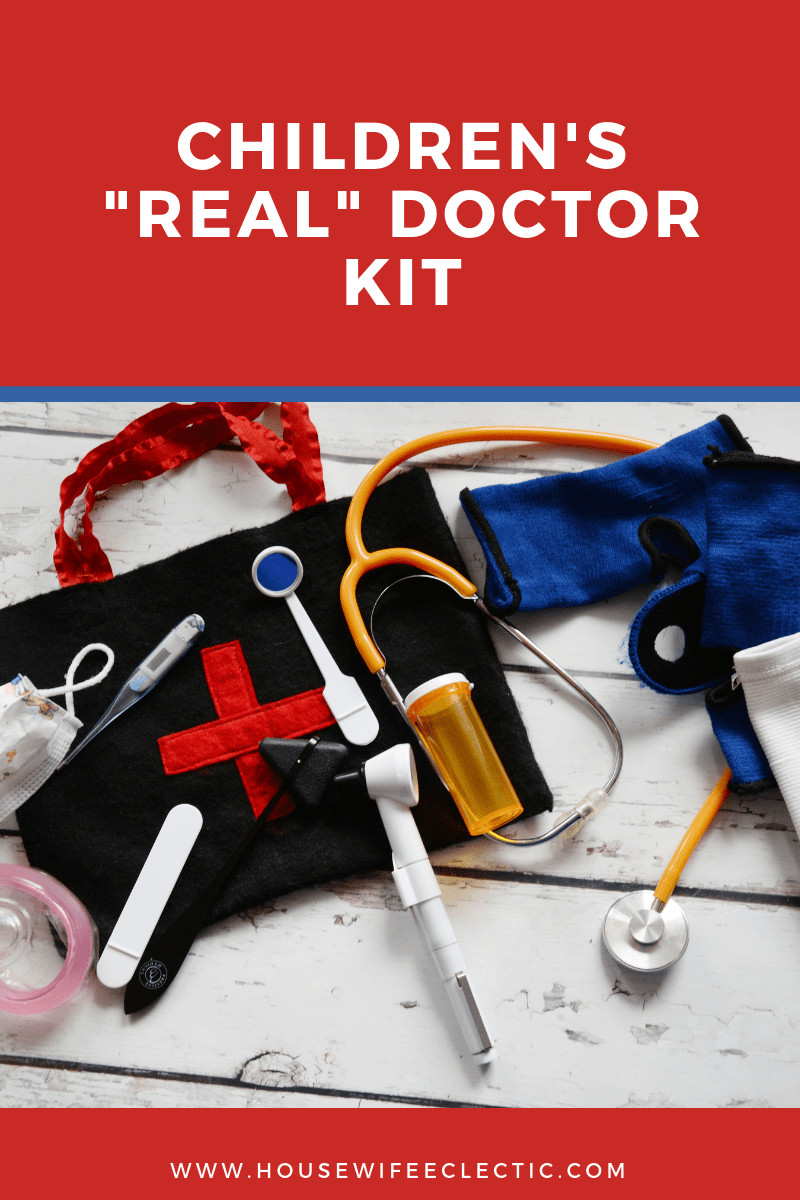 Child playing with doctor kit items
Child playing with doctor kit items
Why Choose a “Real” Doctor Kit for Pretend Play?
While toy doctor kits abound, opting for a kit with actual, safe medical tools can significantly elevate your child’s pretend play experience. This approach not only sparks deeper imaginative engagement but also offers valuable learning opportunities.
Enhanced Imaginative Play and Realism
The cornerstone of our kit was a genuine stethoscope. Ordering a real, yet inexpensive stethoscope online proved to be a game-changer. Unlike its plastic counterparts, a real stethoscope allows children to actually hear heartbeats, adding a layer of authenticity to their doctor role-play. This tangible experience transforms pretend play from imitation to a more immersive and believable scenario.
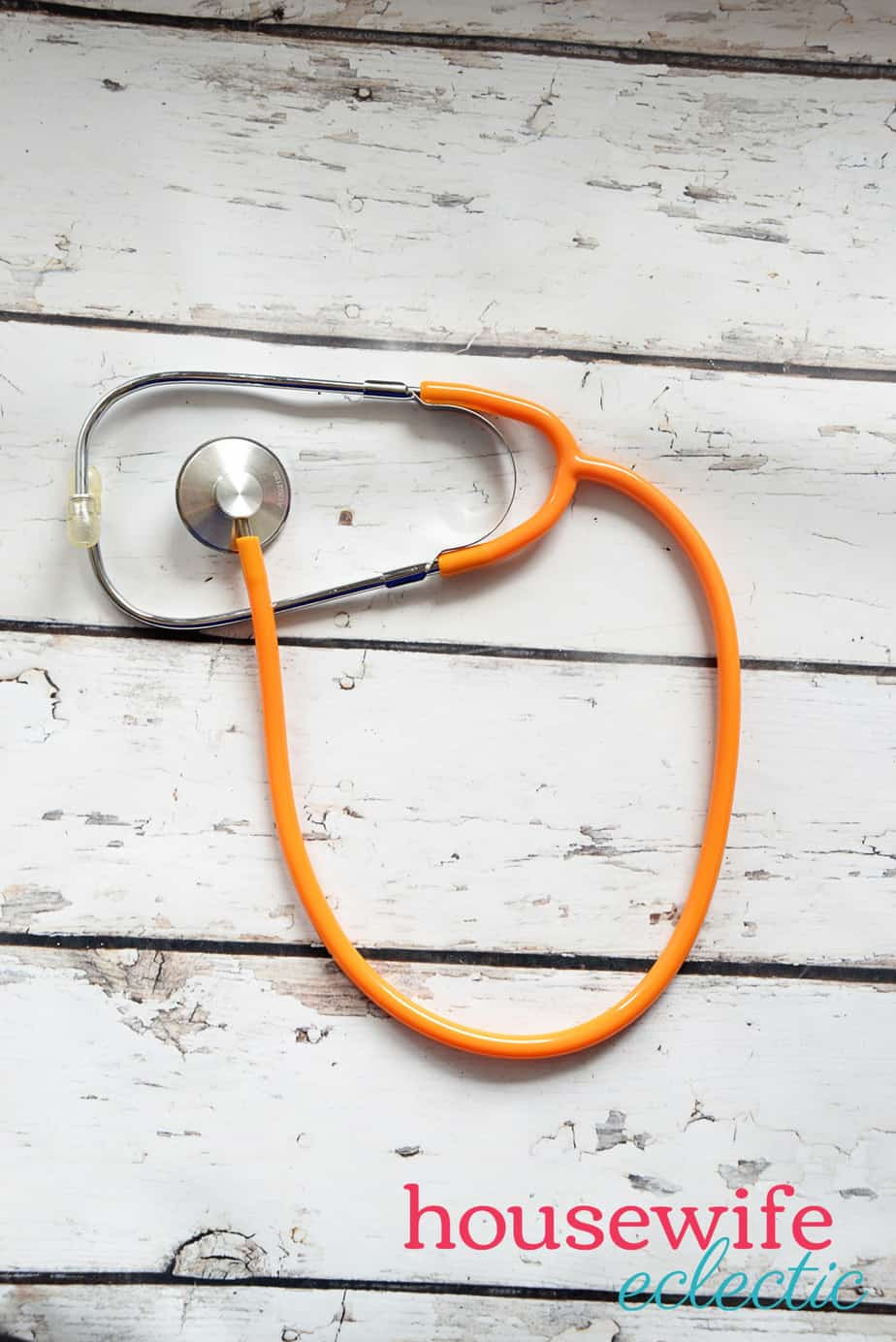 Close up of a child's stethoscope
Close up of a child's stethoscope
Educational Value and Skill Development
Beyond imaginative play, a “real” doctor kit introduces children to basic medical tools and their functions. Including items like an Ace bandage, wrist guards, and even a simple notebook for “prescriptions” can subtly educate them about first aid and patient care. A digital thermometer (even one without batteries for safety) visually familiarizes them with health monitoring tools. Furthermore, incorporating a measuring tape encourages the development of fine motor skills and introduces basic measurement concepts during pretend patient check-ups.
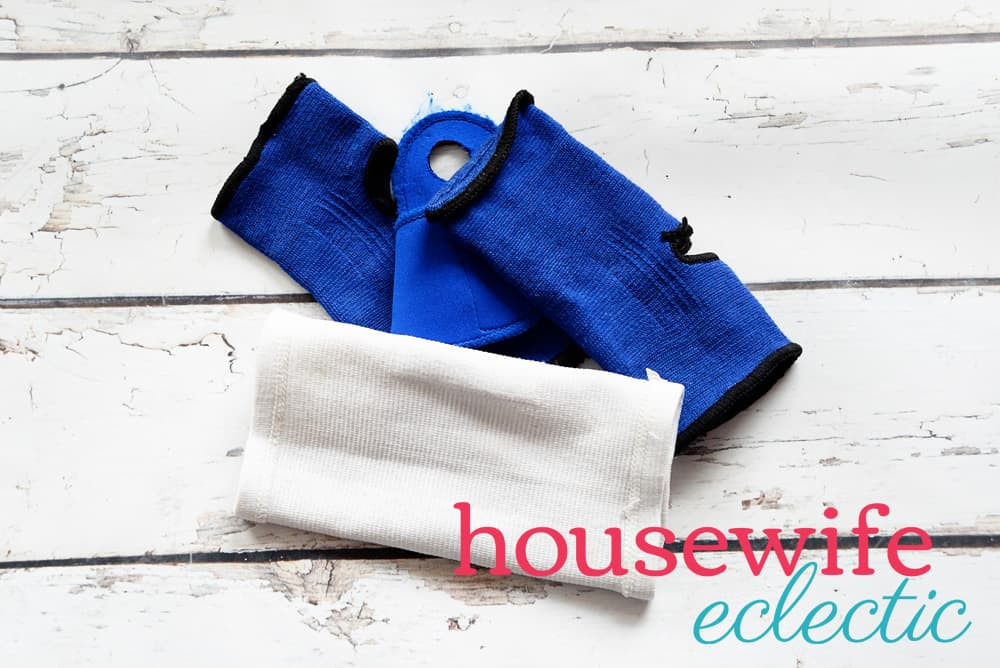 Dollar store finds for a child's doctor kit including bandages and notebook
Dollar store finds for a child's doctor kit including bandages and notebook
Addressing Fears and Building Confidence
For children like mine, whose anxieties manifested as health-related nightmares, a doctor kit becomes a tool for empowerment. By engaging in doctor play, children can process their fears and anxieties in a safe and controlled environment. They transition from being passive recipients of medical care (or in my daughter’s case, worried observers) to active caregivers. This role reversal can be incredibly therapeutic, fostering a sense of control and understanding around health and medical situations.
Building Your DIY Child’s Doctor Kit: Essential Items
Creating your own “real” doctor kit is easier and often more cost-effective than you might think. Here’s a list of items we included, blending affordability with engaging play value:
- Real Stethoscope: A foundational piece for authentic sound and enhanced play. Opt for an inexpensive model readily available online.
- Bandages and Wraps: An Ace bandage provides realistic wrapping practice. Consider wrist or knee guards from a dollar store for added play scenarios.
- Notebook and Pen: Essential for writing “prescriptions” and diagnoses, fostering early literacy skills within play.
- Thermometer: An old digital thermometer (batteries removed for safety) or a simple, inexpensive one from a dollar store introduces temperature taking in a safe way.
 Toy thermometer included in a child's doctor kit
Toy thermometer included in a child's doctor kit
- Measuring Tape: A soft sewing measuring tape adds a practical element for measuring patients, developing fine motor skills.
- Stickers: A classic reward for “brave patients,” stickers add a fun, positive reinforcement element to doctor play.
- Syringe (without needle) or Medicine Dropper: For pretend medicine administration, enhancing realistic scenarios.
- Reusable Wooden Band-Aids (DIY): Consider crafting reusable wooden band-aids for a creative and eco-friendly touch. These can be easily made and decorated for added fun.
While we also incorporated items like a reflex hammer and otoscope, it’s important to consider the child’s age and maturity level when including more specialized tools. An otoscope, while fascinating, might be better suited for older children due to the small parts and light.
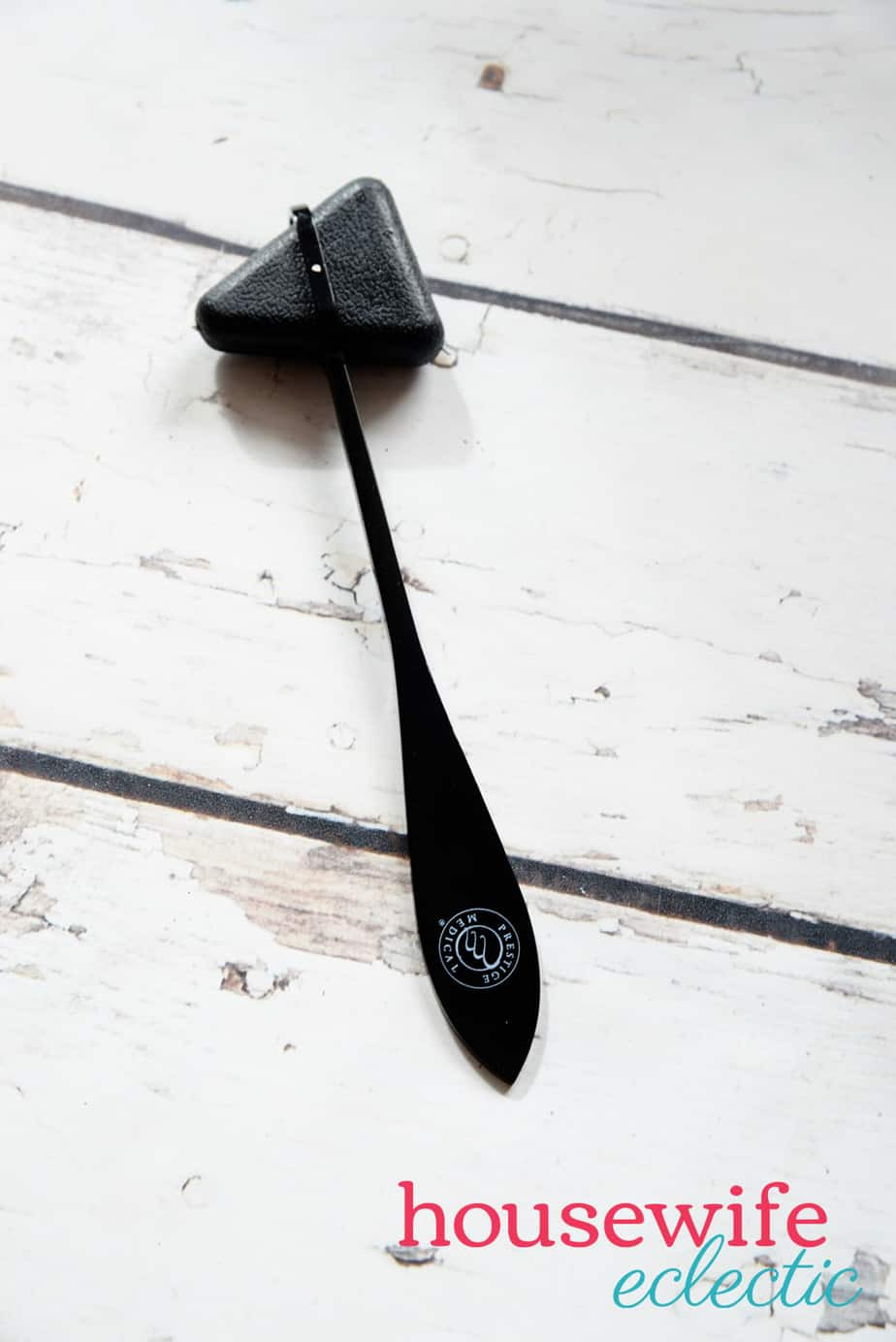 Reflex hammer part of a child's doctor kit
Reflex hammer part of a child's doctor kit
 Otoscope included for ear examinations in a child's doctor kit
Otoscope included for ear examinations in a child's doctor kit
Repurposed prescription bottles (thoroughly cleaned) became a hit for storing and dispensing “medicine” (stickers in our case!). Adding surgical masks and caps further enhances the role-playing aspect, especially if you have some from previous medical experiences.
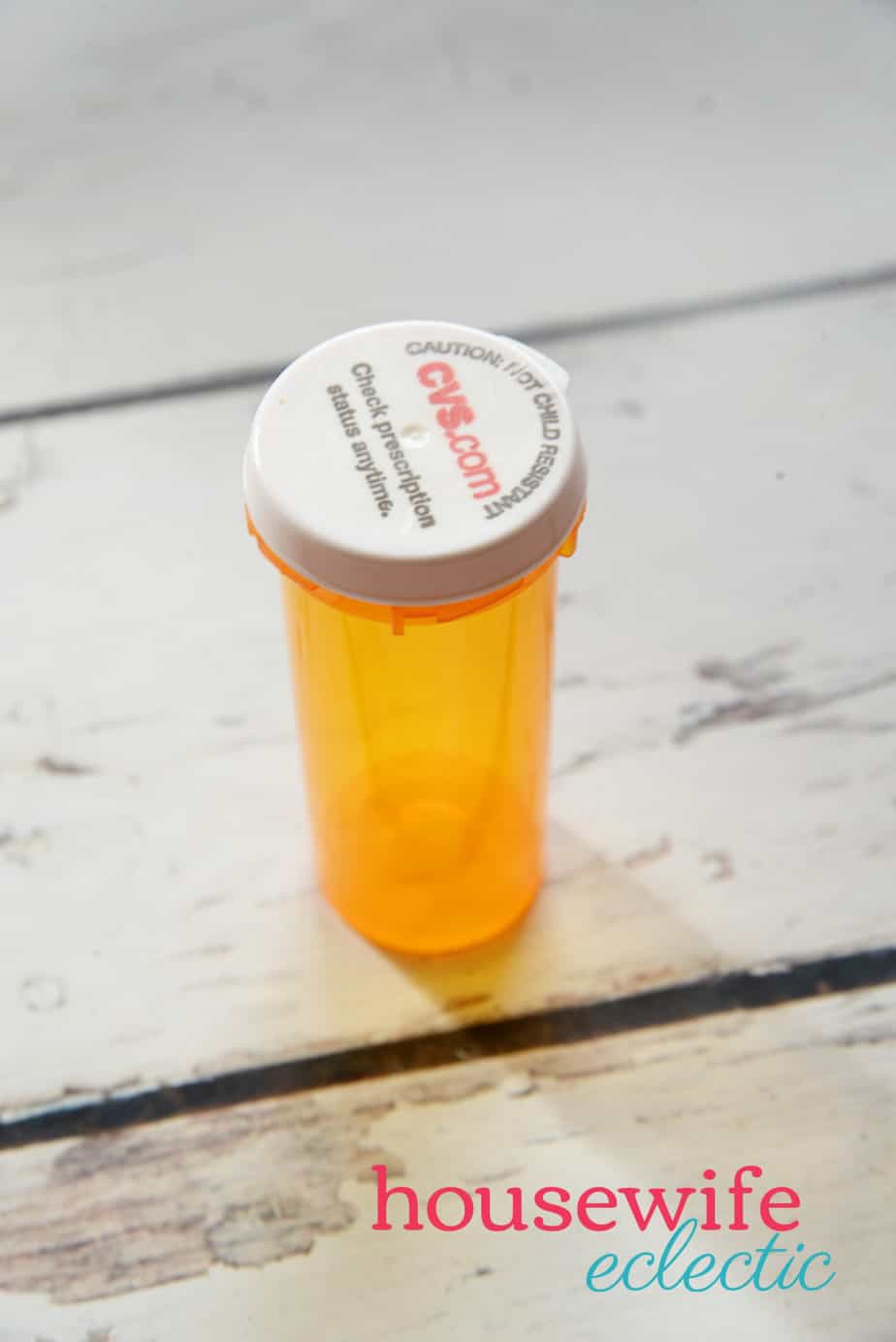 Empty prescription bottles for pretend medicine in a child's doctor kit
Empty prescription bottles for pretend medicine in a child's doctor kit
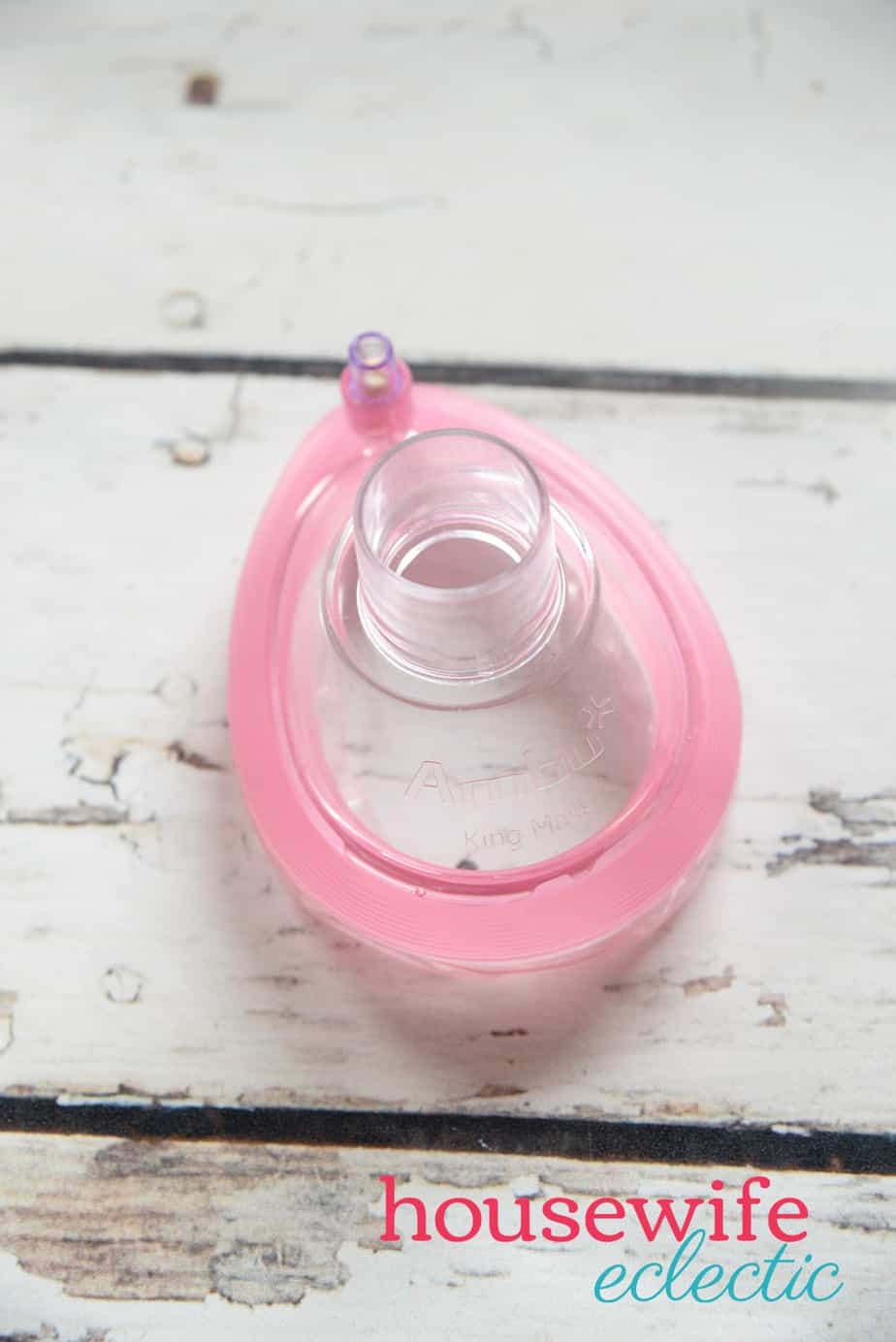 Surgical masks and oxygen mask for immersive doctor pretend play
Surgical masks and oxygen mask for immersive doctor pretend play
Safety and Fun Tips for Your DIY Doctor Kit
- Prioritize Safety: Always supervise children during play, especially with smaller items. Ensure all items are clean and age-appropriate. Remove batteries from any electronic items included unless intended for safe use.
- Cleanliness: Regularly clean the kit items, especially if they are genuinely used medical tools (like a stethoscope mouthpiece).
- Storage: A dedicated doctor’s bag or container keeps everything organized and adds to the role-playing experience. Consider making a simple felt doctor bag for a personalized touch.
- Expand and Adapt: Customize the kit based on your child’s interests and age. You can add more items as they grow and their play evolves.
Our “real” doctor kit has been an incredible success, providing endless hours of imaginative play for my daughter and even engaging older siblings. It’s more than just a toy; it’s a tool for learning, for emotional processing, and for fostering joyful, interactive play. Creating your own child’s doctor kit is a rewarding project that promises lasting engagement and developmental benefits.
